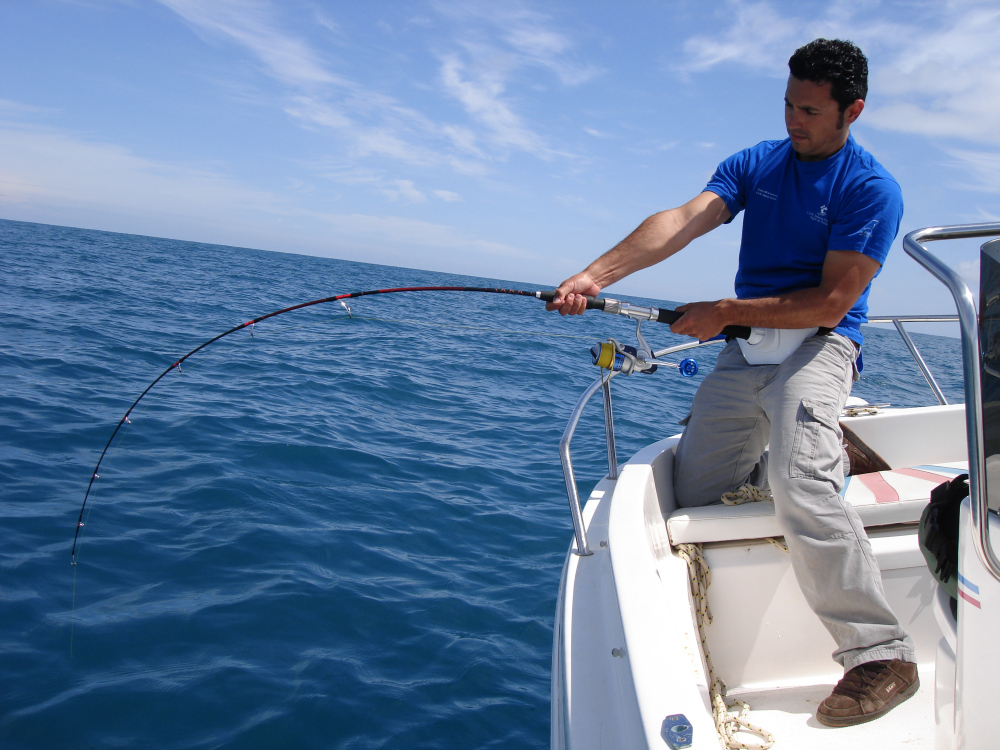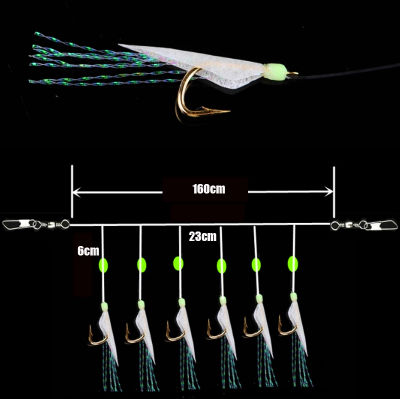What size sabiki rig for herring
Sabiki rigs are very comfortable to wear, especially when you add an adjustable cord around the waist. This gives the wearer the freedom to go about the world with ease.
The Sabiki fishing rigs are a versatile, lightweight, and flexible fishing tool that is well suited for herring and other similar small schooling fish. Learn how to get started with this simple fishing tool, and use it to catch herring and other small fish.
In this article, I’ll explain why it’s a good idea to learn how to tie a sabaki. And, I’ll tell you the best ways to tie a sabaki.
What size hooks for herring?
Herring hooks vary in diameter and length according to the weight of the fish being caught. On a smaller hook, herring are sometimes caught accidentally by anglers who are fishing for trout or salmon, because herring are often mistaken for the species they swim near. A larger, heavier hook is usually used for herring. The difference in hook size is important to fishermen because the larger hook is more effective at pulling the bait through the water. If a fish feels a large hook beneath its belly, it may fight harder than if the same sized hook had been placed in its mouth.

Most fishermen don’t realize that the length of a hook also affects the type of bait that works best. For example, a small-diameter, short-length hook is more likely to pull a lure through the water. In contrast, a large-diameter, long-length hook is more likely to drag the lure along the bottom of the river or lake. Therefore, different sizes of hooks work best depending on the type of bait being used.
When choosing a fishing hook, you should consider both its size and its length. A small hook is better suited for lures and a larger hook is more suitable for live baits. There are many types of hooks. The most common ones are jigging hooks, sinker hooks, spinner hooks, snap hooks, shank hooks, treble hooks, and fly hooks. When you’re choosing the right hook, first check the size. There are several factors that determine the right size. One of them is the type of bait that you plan to use. Another factor is the type of fishing you want to do. For example, a jigging hook is generally smaller than a spinner hook. Also, a jigging hook has fewer teeth on the shank.
What size hooks for sabiki rig?
Sabiki hooks come in a variety of sizes and shapes, including square, round, and oval. However, the hook itself must be at least twice as long as the circumference of the hole through which it will pass. You’ll be able to determine what size hook you need by measuring the diameter of the hole through which the hook will pass.

The size of the hook depends on the size of the hole in the hook. A small hole needs a smaller hook, and a big hole needs a bigger hook. To find out how big a hook you need, measure the hole with a tape measure. Make sure that you measure both the top and the bottom of the hole. Use the larger measurement to determine the size of the hook. For example, if you measure the hole with a tape measure, use the longer measurement to determine the size of the hook.
If you are using the wrong size of a fishing hook, you won’t be able to catch fish. You have to know the right way to use the right fishing hook. There are different kinds of hooks. Some of them are made of metal and others are made of plastic. There are also different sizes of hooks. The hook size is determined by the size of the hole that you use to attach the hook to the line. A big hole will require a bigger hook, while a small hole requires a smaller hook. In order to determine the size of the hook, measure the hole with a tape measure. Make sure that you measure both the top and the bottom of the hole. Use the larger measurement to determine the size of the hook. For example, if you measure the hole with a tape measure, use the longer measurement to determine the size of the hook. This is the best way to determine the size of the hook.
Another way to determine how big a hook you need is to take a drill and cut the hole. When you are cutting the hole, make sure that you are using the right size drill bit. After you finish drilling the hole, you need to use the hammer to pound the hook into the wood. Use the larger measurement to determine the size of the hook. This way, you can avoid making a mistake. If you have a drill, you might as well use it. It’s better than trying to hammer a hook into a piece of wood.
How do you make a herring rig?
If you’re new to making a herring rig, you don’t need to have it built. All you need is some tape, a dowel rod (if you’re building a traditional rig), and a hook. All of these materials can be found at hardware stores. To build a traditional herring rig, you start by cutting a dowel rod into six pieces, each 4.75 inches long. Cut two of the pieces to a length of 1.5 inches, and then three of the pieces at 1.75 inches. Take the last piece and cut it in half. You should now have four sections with a total length of 7.25 inches. Now, attach the dowels to the base of the rig with masking tape. To attach the hook, you’ll need to drill a hole through the middle of each section of the dowel. Then, put masking tape around the holes to hold the hook in place.

Herring rigs are easy to make and can be found in almost any store that sells fishing equipment. You don’t need to buy anything special to build a herring rig. All you need are some tape, a dowel rod (if you’re building a traditional rig), and a hook. All of these materials can be found at hardware stores.
There are two ways to fish with a herring rig. One way is to use a traditional herring rig. In this case, you should cut a piece of heavy-duty twine and attach it to the end of the rod. Tie a loop in one end of the twine and attach a herring lure to the loop. A traditional herring rig is perfect for large herring. The second method is to use an artificial herring rig. You should tie one end of the twine to the fishing line and then attach the other end to a small hook. An artificial herring rig is great for small, silver-type herring. You should tie the twine around your pole so that it can’t come off.
You should always use masking tape when building a herring rig. This is because this type of tape is very thin and can be used to hold anything in place on the main line. You can also make sure that the hook fits in the right spot. For instance, if you’re using a 1.5-inch dowel rod, then the hook should be positioned 1.5 inches from the end of the rod. You can find instructions about how to build a herring rig and sabiki rod on the internet.
What size sabiki should I use for mackerel?
You’ve just caught a huge king mackerel and you’re wondering what size sabiki to use. Choosing the right size sabiki is important if you want to land your catch. Mackerel are generally caught with a small rod and reeled in slowly, making it very hard to judge where the fish is located. It is important to get the balance between the rod and reel right. Once you have a feel for the right length of rod and reel combination, you’ll have an easier time judging where your fish is.

You may be wondering how to choose the right size sabiki to use. One good thing about sabiki is that they come in many different sizes like a hollow rod. It is always better to have a sabiki that is longer than what you normally use. It’s good to have a long sabiki because it is easy to maneuver around when fishing. When choosing a sabiki, you may also want to consider the action of the rod and reel as well as the rod tip. When choosing a rod and reel combination, make sure that the rod has enough strength and that the reel can handle the load. If you are using a large sabiki as live bait, you will want to use a reel that is able to handle the fish skin on the branch line.
I’m not saying that a sabiki is always better than a rod and reel combo, but it’s always better to use a sabiki if you are planning on fishing. A sabiki is easier to control and it is more convenient than using a rod and reel combo. I’m not a big fan of using a rod and reel combo because I feel like a sabiki is much easier to use for local bait. When you are using a rod and reel combo, you need to pay attention to the amount of weight that you are using. You may end up with overkill because of the extra weight that you are using. That means that you can use a little more than the recommended amount of weight for branch lines. However, if you are using a sabiki, you don’t have to worry about the weight. All you have to do is to concentrate on the distance that you are fishing for all the bait to catch large fish.


